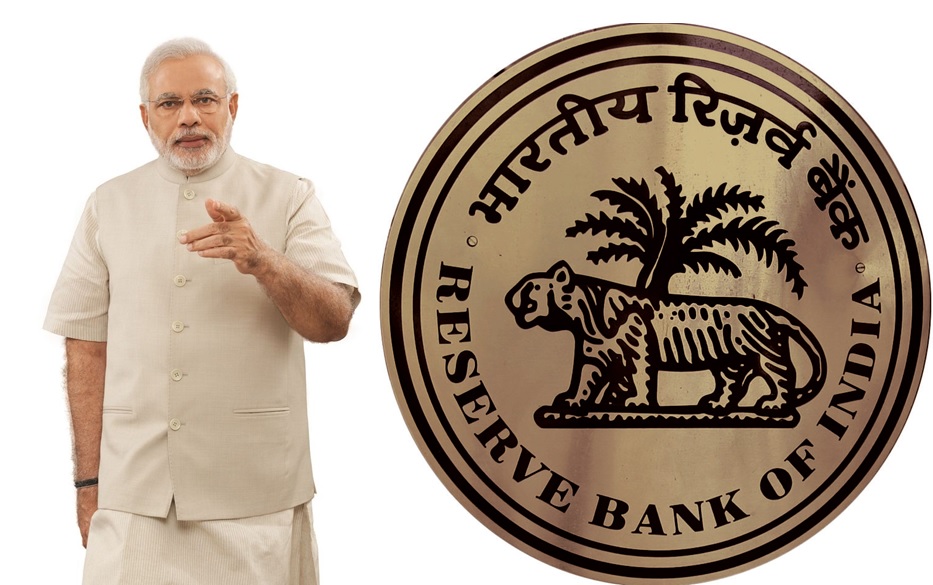Amid the media reports of ‘cyclical’ slowdown in Indian economy, RBI has brought some good news for the Modi government. The central bank of India has agreed to transfer 1.76 lakh crore rupees to the government. To give an estimate, 1.76 lakh crore rupees is around 7 percent of total union government expenditure for the FY 20. The union government budgeted 90,000 crore rupees from RBI but it has got an additional amount of 86,000 crore rupees.
The extra money in government coffers has raised the hopes of a fiscal stimulus the economy. A segment of policymakers and advisers within the government who are Keynesian in their approach suggested that the government should fiscally support the economy.
As per the RBI statement, the transfer includes Rs. 1.23 trillion of surplus for 2018-19 and Rs. 52,637 crore of excess provisions identified as per the revised Economic Capital Framework (ECF) adopted at the meeting.
The expert panel headed by former RBI governor Bimal Jalan suggested transfer of a portion of the RBI’s reserves to the central government in a period of three-five years.
Previously, former Chief Economic Advisor to the Government of India, Arvind Subramanian had argued that RBI holds an excess reserve of 5.7-7.9 lakh crore rupees. In a paper published in India’s premiere journal Economic and Political Weekly (EPW), Subramanian reasoned that “The RBI has an unusually high level of capital. If the choices made by other central banks are used as a benchmark, the RBI appears to have a minimum of Rs 5 lakh crore in excess capital.” The paper was titled as ‘Paranoia or Prudence? How much capital is enough for the RBI?’
The research paper suggested that alternative analysis could suggest even greater excess reserve. “An alternative cross-country econometric analysis suggests that the excess capital is even greater, between Rs 5.7 lakh crore and Rs 7.9 lakh crore,” read the paper. The paper argued that RBI’s capital to assets ratio is substantially higher in comparison to central banks across the world. The global media for a central bank’s capital to asset ratio is 8.4 percent while RBI has kept 28 percent in its pocket.
Subramanian was not the first one to argue that the RBI is holding excess capital. Earlier Christopher Wood, chief strategist at the investment group CLSA compared RBI’s holding to Federal Reserve System, the central bank of United States and argued that RBI’s holding is 30 percent in comparison to 1 percent of Fed. “The RBI balance-sheet is as overcapitalized as the [US central bank] Federal Reserve’s is undercapitalized” said Wood.
Most of the central banks hold 13-14 percent of assets as reserves while Reserve Bank of India holds 27 percent. The total reserve with Reserve Bank of India is around 9.6 trillion while the foreign assets are worth 26.4 trillion. The expert committee will suggest how much of RBI’s capital could be transferred to RBI. As per Reserve Bank of India communiqué, the committee will submit its report within 90 days of its first meeting.
Rahul Gandhi, the Congress dynast who has no clue about macro economy criticized Modi government over the move. “PM & FM are clueless about how to solve their self created economic disaster. Stealing from RBI won’t work – it’s like stealing a Band-Aid from the dispensary & sticking it on a gunshot wound,” tweeted Gandhi.
PM & FM are clueless about how to solve their self created economic disaster.
Stealing from RBI won’t work – it’s like stealing a Band-Aid from the dispensary & sticking it on a gunshot wound. #RBILooted https://t.co/P7vEzWvTY3
— Rahul Gandhi (@RahulGandhi) August 27, 2019
The non-budgeted transfer of 86,000 crore rupees is a bonanza for the Modi government. The money could be used to recapitalize the ailing public sector banks, to bridge the slippage in fiscal deficit or fiscal stimulus to the economy. RBI should have transferred the surplus reserves to the government a few years ago but the excessively conservative approach of previous RBI governors- Raghuram Rajan and Urjit Patel delayed the transfer.
